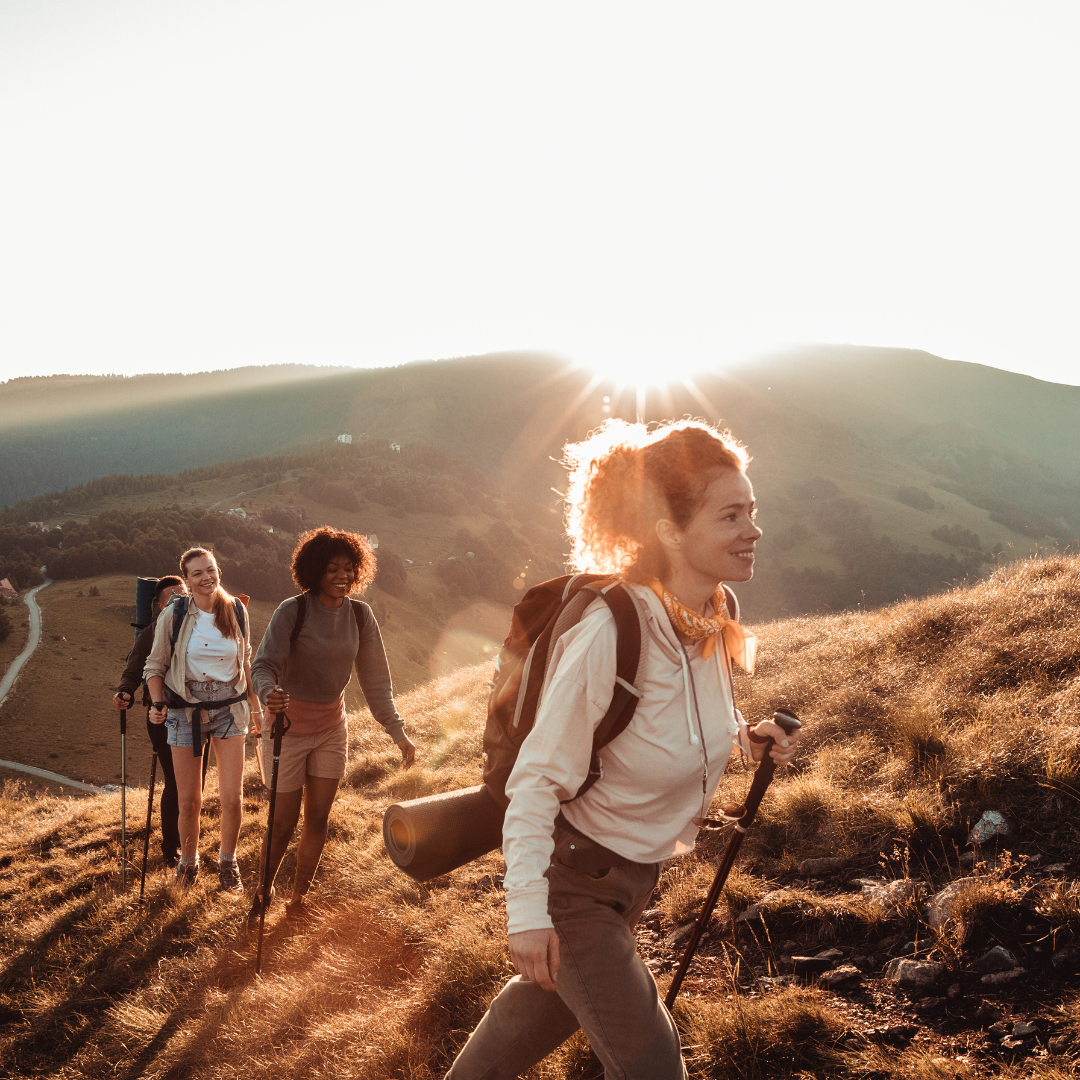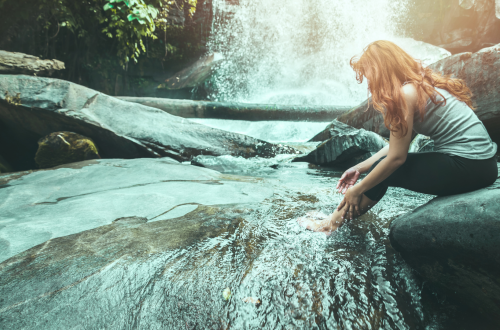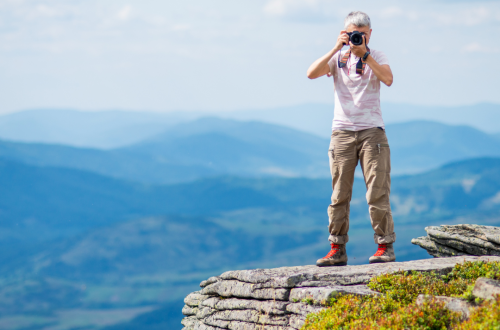
Top Essential Things to Bring on an Everyday Hike
Everyone has felt the urge to get out of the office, out of the house, or out of the city and into the great outdoors! Getting away from the day-to-day monotony is crucial for our well-being, and nothing lets you escape like hitting the trails-but preparing yourself for a day in the mountains can be easier said than done. If you’re an experienced hiker, you’ve likely packed everything you’ll need for your journey. But if you’re new to the hiking game, all those gear lists and conventional wisdom can leave you more confused than when you started.
Sound familiar? If so, you’re in the right place. Let’s look at what you need for your next outdoor adventure!
A Good Pair of Shoes
Hiking boots, trail running shoes, or even sturdy walking shoes can all work. Choose a pair of shoes with good grip and traction, as some terrains may require climbing, walking over rocks, and other forms of rugged terrain. The material of the shoe should also be breathable and supportive, as you will be exposed to outdoor elements such as rain and sunlight.
Furthermore, shoes should have a good fit, as it is important to feel comfortable while walking and to prevent blister formation if possible. A pair of thick socks will also help provide blister protection and a good amount of arch support. Your hiking socks should preferably be made from Merino wool to wick away moisture from your feet.
Remember that wearing the right shoes for your type of hike can make or break your experience.
The Right Clothing for the Weather
The proper clothing for the weather when going on a daily hike is essential for a comfortable and safe experience. Choose clothing that is breathable, lightweight, and able to wick moisture away from the body.
In summer, avoid dark clothing and focus on light, bright colors to reflect the sun. A good quality backpack is a must, as it should carry extra layers, sunscreen, a hat, and water bottles. For colder climates, it’s essential to layer up for extra warmth and be sure to pack a heavy jacket, gloves, and a beanie.
Map and Compass
A map and compass help you navigate your hike and can also be a helpful tool for orienteering. By having a good map and compass with you, you will be able to plot your route so that you can end up where you started. Also, when some trails can be quite confusing, maps and compasses can help keep you on track.
Investing in a good-quality map and compass will ensure that you can locate landmarks and ensure a safe return.
Emergency Kit
One of the most essential items to bring is an emergency kit. It can be beneficial to have in case of an emergency. The kit includes an array of items such as first aid supplies, fire starters, weapons, waterproof matches, tents, sleeping bags, signaling mirrors, and more.
These items can make a difference in an emergency, allowing the hiker to take control of the situation and stay safe. The emergency kit will also provide peace of mind while on the trail; having the right tools can help keep any hike pleasant and less risky. Also, pack pots, drinking water, and snacks, as these can help keep energy levels up and leave the hiker feeling refreshed.
Below are some examples of an emergency kit:
First Aid Kit
It should include various items, such as band-aids, gauze, antiseptic, tweezers, twine, scissors, safety pins, PVC tape, and gloves. Moreover, a basic first aid book should be included to help you navigate common issues. Also, don’t forget to bring a few medications, such as aspirin, ibuprofen, and antihistamine pills, to help you with common ailments you may encounter while trekking.
Including an emergency whistle, a waterproof or windproof lighter, and a basic emergency shelter in your kit is also important in case you get caught off guard.
Emergency Shelter
To ensure safety, hikers should carry a compact, lightweight shelter such as a tarp or a lightweight tent in case of an emergency. Portable blankets and sleeping bags can also be used as a waterproof layer to keep hikers warm and dry.
Fire Starting Kit
A small fire-starting kit with a metal container and multi-tool knife should be stored for fuel, along with a fire extinguisher to prevent accidental fires. Have bright-colored markers, such as orange reflectors or a whistle, that you can use to signal for help in an emergency.
Fully Charged Cellphone
A fully charged cellphone should always be at the top of your list of essential things to bring on an everyday hike. You can use your phone for navigation, communication, and emergencies. A GPS locator can help you stay safer and more aware in the mountains and on trails.
While hiking, you can take pictures and enjoy the beautiful scenery you encounter while never worrying about running out of battery. In addition to the necessary cellphone functionality, you can also download apps that give you practical hiking and safety tips. Make sure you fully charge your device before your hike, and if possible, bring a power bank in case of long hikes.
Know What to Bring for Your Hike Today
Exploring nature on an everyday hike is a great way to spend time outdoors. You can enjoy a fun, comfortable, and safe experience with these essential items. Don’t forget to pack necessary items before heading out, and follow local regulations. Enjoy your everyday hike to the maximum!
For more how-tos and answers to your questions, check out our blog.





